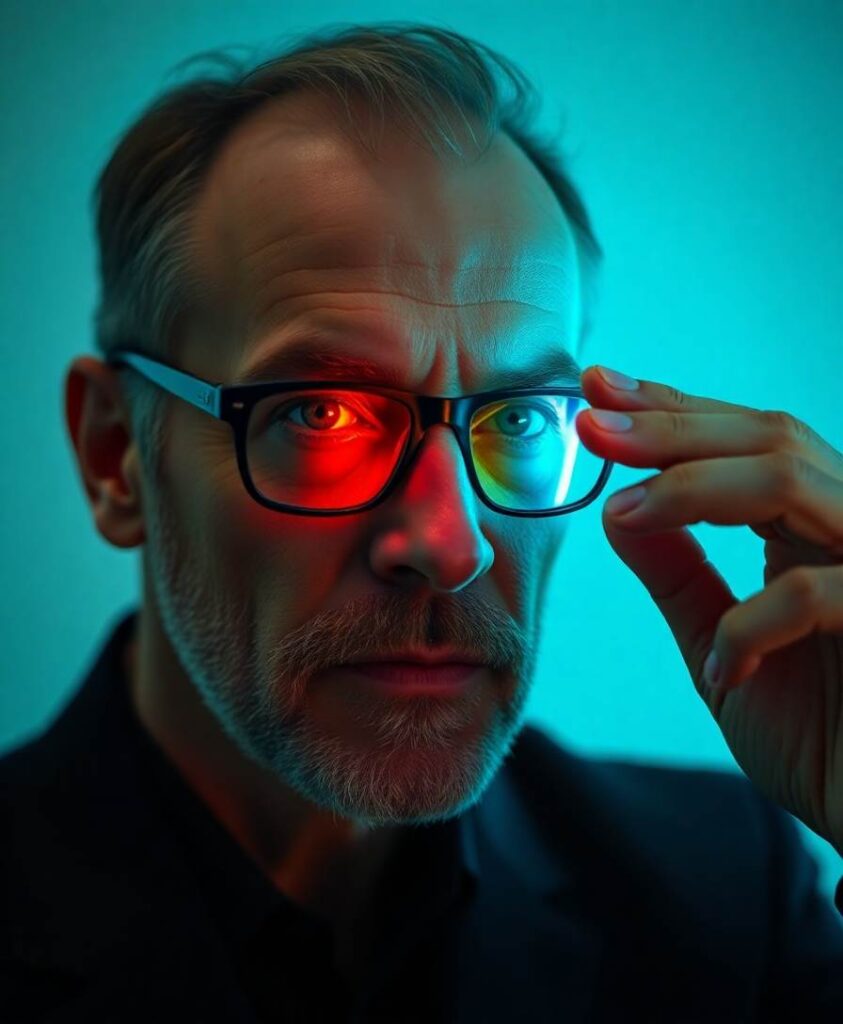BackgroundTinnitus, known as “ringing in the ears”, is a widespread and frequently disabling hearing disorder. No pharmacological treatment exists, but clinical management techniques, such as tinnitus retraining therapy (TRT), prove effective in helping patients. Although effective, TRT is not widely offered, due to scarcity of expertise and complexity because of a high level of personalization. Within this study, a data-driven clinical decision support tool is proposed to guide clinicians in the delivery of TRT.MethodsThis research proposes the formulation of data analytics models, based on supervised machine learning (ML) techniques, such as classification models and decision rules for diagnosis, and action rules for treatment to support the delivery of TRT. A knowledge-based framework for clinical decision support system (CDSS) is proposed as a UI-based Java application with embedded WEKA predictive models and Java Expert System Shell (JESS) rule engine with a pattern-matching algorithm for inference (Rete). The knowledge base is evaluated by the accuracy, coverage, and explainability of diagnostics predictions and treatment recommendations.ResultsThe ML methods were applied to a clinical dataset of tinnitus patients from the Tinnitus and Hyperacusis Center at Emory University School of Medicine, which describes 555 patients and 3,000 visits. The validated ML classification models for diagnosis and rules: association and actionable treatment patterns were embedded into the knowledge base of CDSS. The CDSS prototype was tested for accuracy and explainability of the decision support, with preliminary testing resulting in an average of 80% accuracy, satisfactory coverage, and explainability.ConclusionsThe outcome is a validated prototype CDS system that is expected to facilitate the TRT practice.

